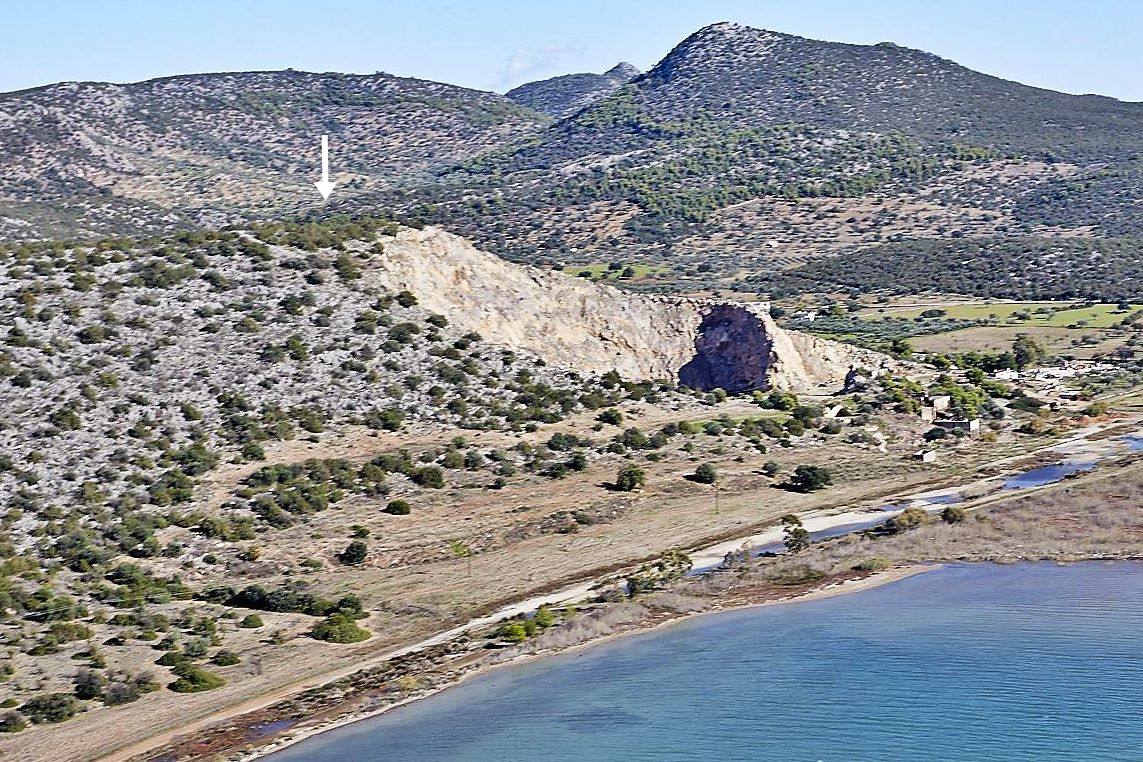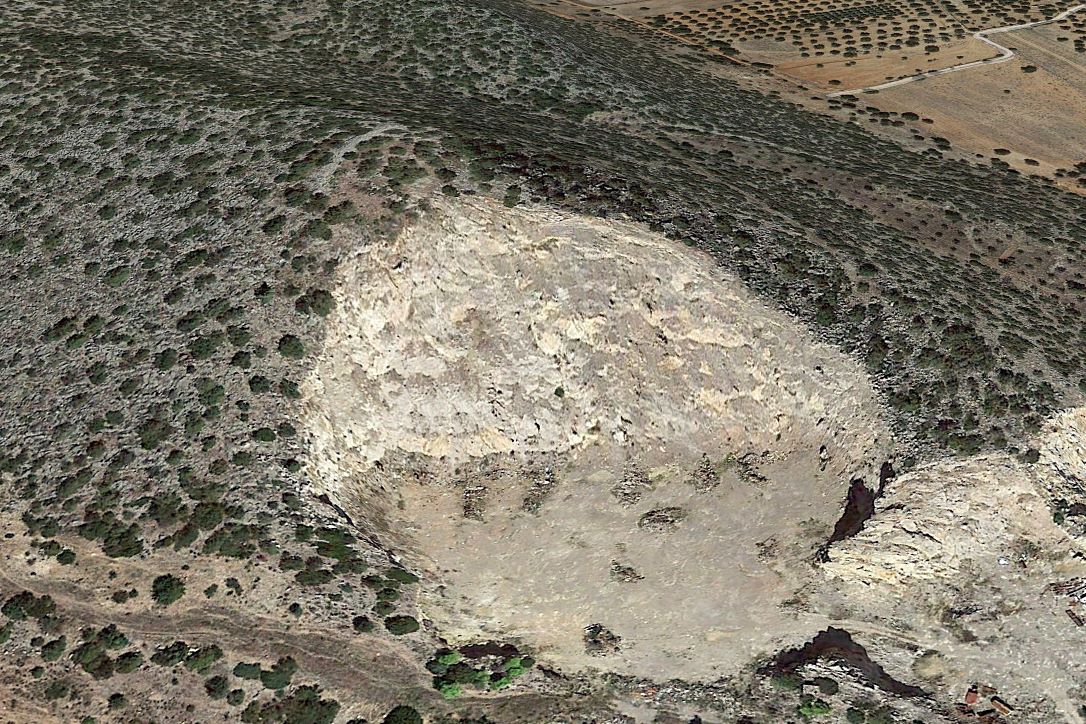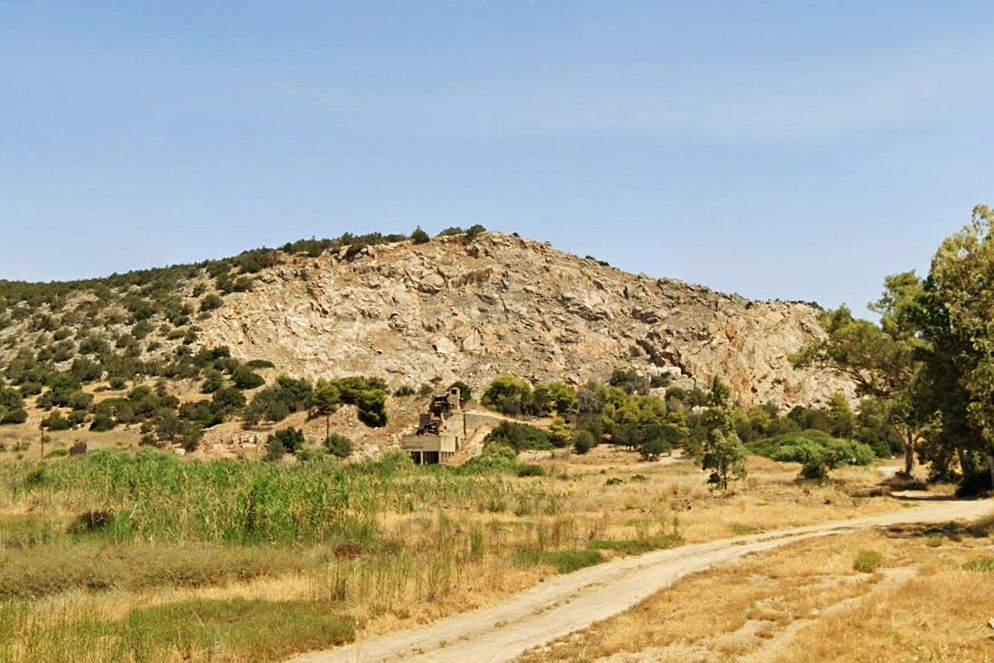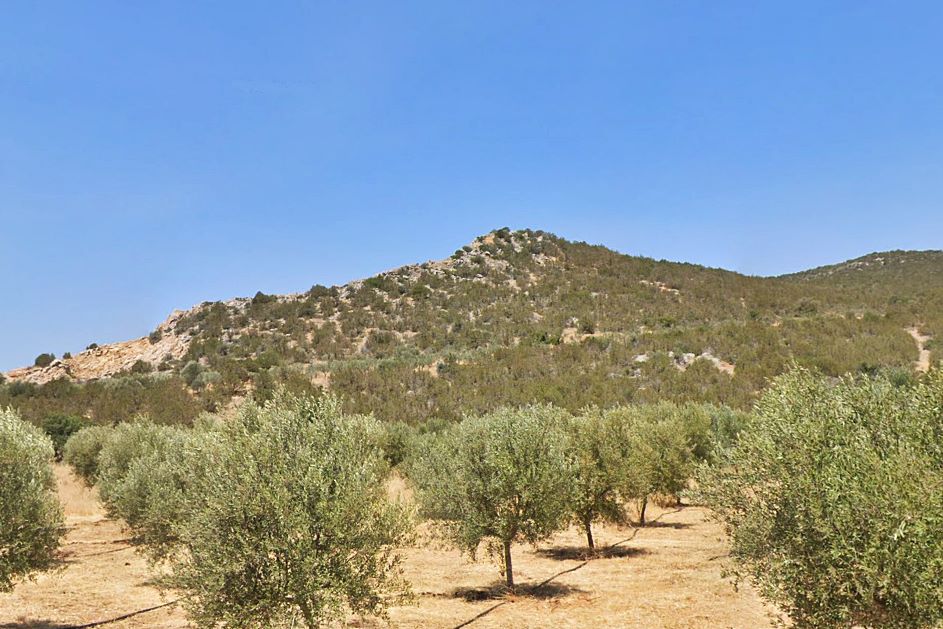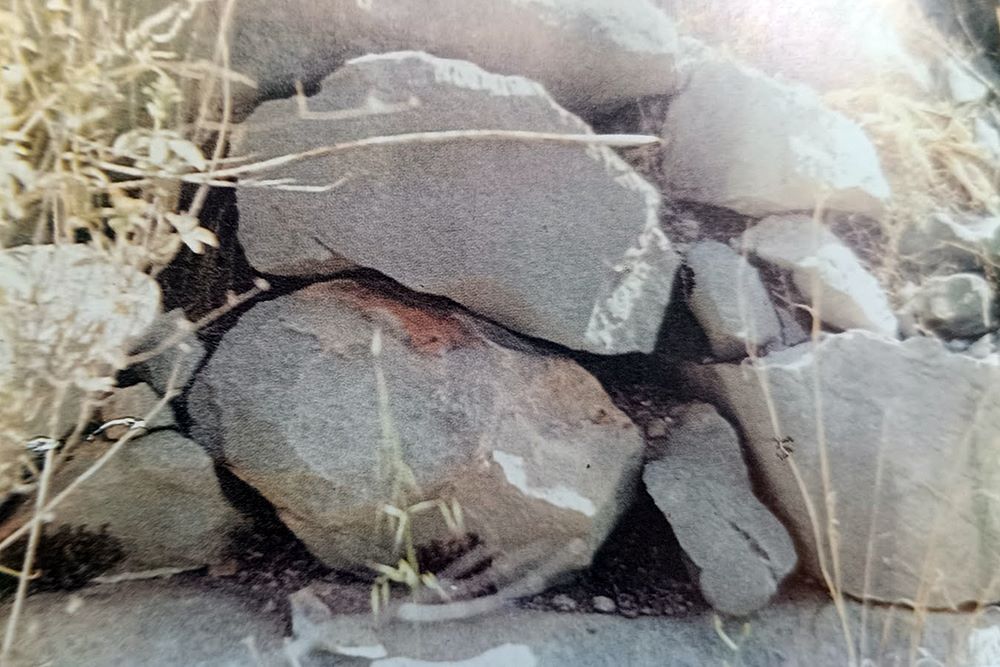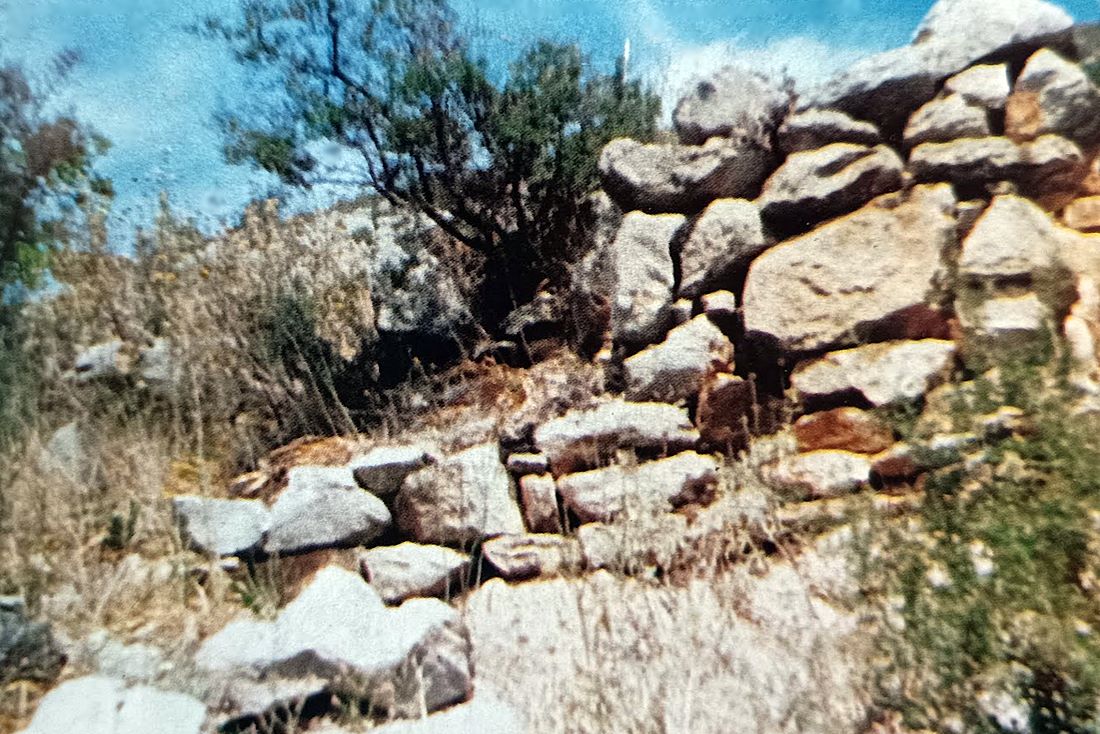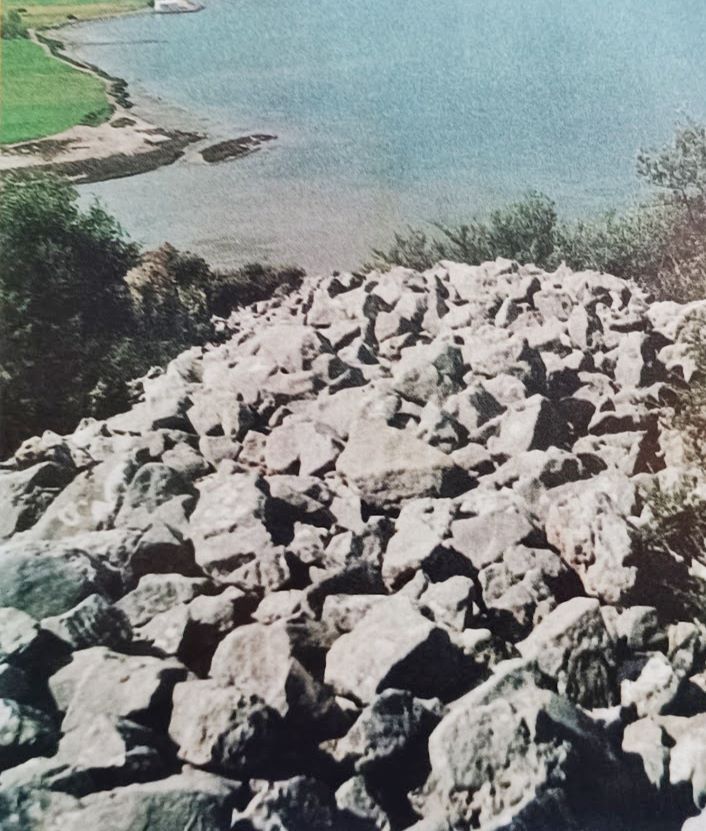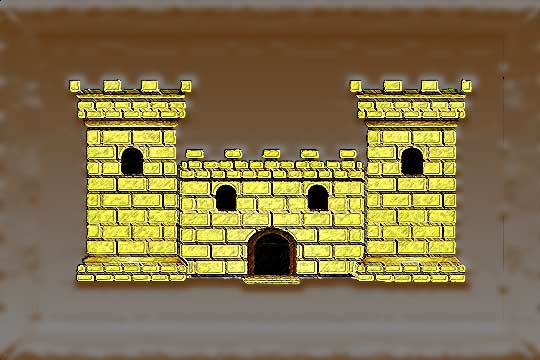Koilada, Ermionida, Argolis,Peloponnese
Franchthi fort
| Location: |
| On a seaside hill opposite the village Koilada in Kranidi region of Argolis, next to a quarry |
| Region > Prefecture: |  |
| Peloponnese Argolis | |
| Municipality > Town: | |
| City of Ermionida • Koilada | |
| Altitude: | |
| Elevation ≈ 82 m |
| Time of Construction | Origin | |
| perhaps early 13th cent. | FRANKISH |
|
| Castle Type | Condition | |
| Dry-Stone Fortification |
In Ruins
|
A dry-stone fortification on a coastal hill opposite the village of Koilada in Argolida. It is located above a quarry that has demolished half of the castle.
The history of the castle is unknown. The construction style is typical of the fortifications built in Argolis by the Frankish Dukes of Athens, the De La Roche, in the early 13th century.
Location & Strategic Scope
On the same hill, but on the other, the NW side, on the sea, is the Franchthi cave, which is considered the top archaeological site in southeastern Europe for the Stone Age.
The cave is 150 meters deep and has an entrance width of 30 meters.
Structure, Fortification & Buildings
In its original form, the castle covered an area of approximately 5,000 sq.m. within a perimeter of 270 meters. As mentioned, almost half of the castle has disappeared due to the quarry.
Of the part of the fortification that remains, quite a bit has been preserved. The fortification consists of dry stone masonry 1.80 m thick which consists of two outer sides of large stones, while the space between the two sides has been filled in bulk with smaller stones. The stones of the sides are semi-finished and are about 25 cm long.
This method of construction is characteristic of the De La Roche era of the 13th century. They were generally rough constructions with a specific mission depending on the occasion.
In some places at the base of the wall, larger stones can be observed, which may belong to an earlier era. This means that there may have been an older castle at this location – perhaps an ancient one.
| First entry in Kastrologos: | March 2025 |
Sources
- Ιωάννης Ε. Πέππας, «Μεσαιωνικές σελίδες της Αργολίδος, Αρκαδίας, Κορινθίας, Αττικής», Αθήνα 1990, σελ.300, σχ.67, φωτ.129,130
|
|
| Access |
|---|
| Entrance: |
| Free access |



